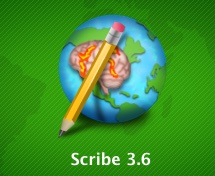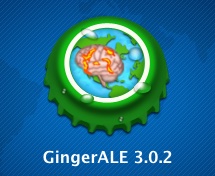Stimulus Content
Action (bodily): The process or state of acting or of being active.
Category (semantic): A class of, relating to, or arising from the different meanings of words or other symbols.
Chords: A group of (typically three or more) notes sounded together, as a basis of harmony.
Color: The quality of an object or substance with respect to light reflected by the object, usually determined visually by measurement of hue, saturation, and brightness of the reflected light; saturation or chroma.
Congruence: The extent to which presented stimuli is associated with or congruent with previously seen stimuli
Emotion: The emotional valence of stimuli
Emotion (negative): Any of the feelings of sorrow, fear, hate, etc
Emotion (positive): Any of the feelings of joy, love, etc.
Imagability: The extent to which an image of the stimuli can easily be brought to mind
Letters: A character representing one or more of the sounds used in speech; any of the symbols of an alphabet
Morphology (word): The study of words and their parts.
Motion (object): Motion (object)
Neutral: Of no particular kind, characteristics, etc.; indefinite.
Pain: A distressing sensation in a particular part of the body.
Pleasure: Enjoyment or satisfaction derived from what is to one's liking; gratification; delight.
Reward: Something given or received in return or recompense for service, merit, hardship, etc.
Semantics: The study of linguistic development by classifying and examining changes in meaning and form.
Shape (tactile): This quality as found in some individual object or body form of touch.
Shape (visual): This quality as found in some individual object or body form of sight.
Somatotopy: Somatic aspects of particular stimuli; when stimuli affect particular body regions (as a hand or the tongue) which in turn correspond to certain motor areas of the brain; can represent, several modalities of somatic sensation (i.e., pain, temperature, touch, proprioception)
Syntax: A set of rules for or an analysis of the syntax of a language
Taste: Discriminate/rate flavor intensity, pleasantness, solution content (i.e., fat content) of an item, food, or solution with or without swallowing the item. Participants may be asked to evaluate the affective significance of other stimuli (i.e., pictures, words, objects) when paired with food.
- First: Gowers, 1882
- Most: Hare, Camerer & Rangel, 2009
Thirst: A sensation of dryness in the mouth and throat caused by need of liquid.


